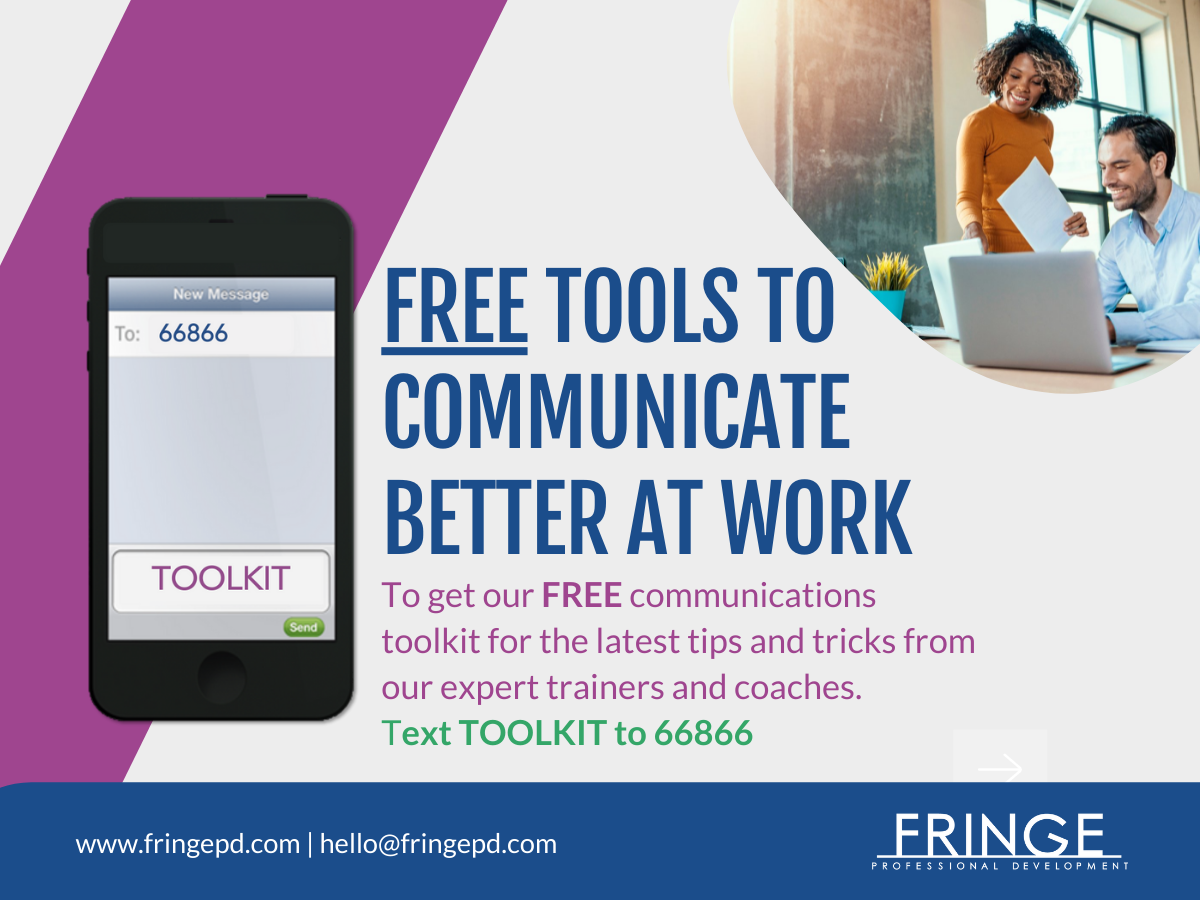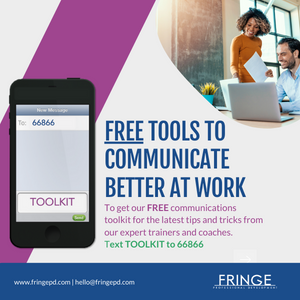Wolters Kluwer’s 2021 Future Ready Lawyer survey found that tech-savvy firms reported greater increased profitability from 2019 to 2020 compared to firms that are transitioning or trailing in adopting technology. The survey also discovered that tech-forward firms plan to increase their investment in new technology. This indicates a growing gap between law offices that are leveraging technology for efficiency and those that are lagging in adopting technology.
Clearly, many legal professionals see technology as a way to improve efficiency, deliver better service and increase profitability. “Efficiency opens the opportunity to deliver better service at a lower cost,” says John Remsen Jr., President of The Remsen Group, a leading consulting firm for small and midsize law offices. “Technology makes us more efficient, more productive and makes us better practitioners of law.”
Robert A. Young, Managing Partner at English, Lucas, Priest & Owsley, LLP (ELPOlaw), agrees: “It’s all about creating efficiencies, doing away with redundancies and getting the technology you need and what your clients expect you to have.” Young — a former Chair of the ABA Law Practice Division, which produces the ABA TECHSHOW — also notes that “Unless you're strategically planning, I think you're committing malpractice, and a large part of strategic planning needs to include technology.”
And it’s the strategy part of technology where legal organizations seem to fall short. Experts see a lot of investment in law office technology, but not much strategy to back it up.
“Investments should be deliberate, not just a partner saying, ‘I need this software for a project,’ and you buy the software, use it once and never use it again. It’s very ad hoc,” Remsen says. “With a long-term strategic approach, you can make sure you’re buying the right systems.”
RELYING ON LEGACY PROCESSES AND THINKING
That strategic approach to adopting new technology is more than just finding the right tools and software. There is also the people component and managing the staff through change, which can be the biggest hurdle.
“The successful adoption of technology is really a people issue — having people who are willing to try new things, are OK with change and are adaptable,” says Neil Kardos, a Partner at Harrity & Harrity. “That may sound easy, but it’s not. Having an adaptable workforce is usually the bigger challenge over finding the right tools.”
Lawyers, in particular, like autonomy, and many have preferred ways of working that aren’t shared with the rest of the office. It’s a chronic problem Remsen often sees. “I hear a lot from paralegals who work with five different lawyers, each of whom handles a file a little differently or has a unique set of forms. It’s very inefficient,” he says. “If you have firm-wide policies, processes and procedures, someone needs to make sure employees are following the firm’s way, not their individual way.”
“Everyone says that lawyers don’t like change. Yet change happens anyway. In the 1990s, law firms struggled with the idea of using email or having a website. Today, nobody questions it.”
Inconsistent processes can lead to the inconsistent use of technology. For example, there might be some lawyers using a personal customer relationship management (CRM) program instead of the one the firm has invested in for staff.
“So you invest in a fancy six-figures CRM system but don’t insist that everyone use it. Why?” asks Remsen. He says technology needs to support the firm culture and the ways firm employees collaborate with one another and with clients, which means you need to require everyone to use standard tools and technology.
Certain practice groups in Young’s firm — like estate planning and personal injury — have their own software. “But for billing, document management or any other process that’s used across the firm, we want the same system,” he says.
Another challenge to efficiency is long-established traditions of the legal profession, such as the billable hour. “Many attorneys want it to be long, complicated and protracted. Clients, on the other hand, want things done better, faster, cheaper,” says Remsen.
That’s why fixed fees are attractive to clients. “Operating in a world where you have a task to perform and you’re paid a fixed fee for performing that task requires efficiency. Our whole approach to technology is thinking about how we can be more efficient,” Kardos says.
Remsen cites Harrity & Harrity as an example of fixed-fees success. “Harrity can run circles around most firms when it comes to patent prosecution work because they’ve embraced the technology, processes and systems to do things far more efficiently. And their clients love it.”
TAKE STOCK OF YOUR TECHNOLOGY ENVIRONMENT
The first step in getting ahead of changing and advancing technology — and to go from reactive to proactive — is to take stock of what you have today. “If you haven’t had an IT audit within the last two years, that’s a good place to start to see what you have, what’s being used and what’s not being used — and to see if you have the right systems, policies and procedures in place,” says Remsen.
He suggests engaging a competent IT organization that’s not selling you a product. They need to know how law firms work and how they process information, process paper and manage files.
CENTRALIZE TECHNOLOGY DECISIONS
While you’re arranging for an IT audit, you can start the second step, which is to set up a committee or task force dedicated to evaluating and approving processes and technology purchases while keeping the needs of clients and practice areas in mind.
This is a critical step, says Young. “I think the key is listening to your team to determine what they want.”
To create a process for listening, he established a technology committee comprising firm attorneys, administrators, accountants, paralegals, legal secretaries and the firm’s chief operating officer — representatives of the firm’s entire user base, not just lawyers. “Our case managers are the ones that have contact with the client every day,” Young says. “So we need to know what kind of technology they need in order to enhance their ability to communicate with clients. Listening to more people has worked out really well.”
“The ripest tasks for automation are tedious, repetitive ones, such as copying and pasting the same legal text over and over. In general, if the task doesn’t require human judgment, it should be a candidate for automation.”
Reach out to those on staff who know a lot about technology and follow its trends. “I appreciate technology, but I know there are others in the office that have much more knowledge than I do when it comes to technology,” Young says. “It’s just a matter of putting those like people on that committee.”
Kardos adds: “You have to include the people who will be using the technology and who know what the problems and pain points are.”
One outcome of ELPOlaw’s proactive approach to technology is its preparedness for the pandemic. The firm didn’t miss a beat when employees started working from home because the committee made the decision to move to the cloud. “That was the best decision that we have made in years. Our people immediately had the ability to work from anywhere,” Young says.
“The task force has done wonders for us in terms of staying ahead of the game,” Young continues, “because a lot of our people know what they want and what they need.” And thanks to the technology committee, when the firm implements something new, it’s used consistently across the firm, he says.
IDENTIFY OPPORTUNITIES FOR EFFICIENCY
With a technology committee in place, the next step is to identify opportunities for efficiency. “To get a focus on efficiency, examine your whole process and determine what steps can be eliminated. Do this before adopting any technology,” suggests Kardos.
For example, Harrity’s client interviews were recorded and transcribed by an attorney, which isn’t something an attorney needs to do. Kardos says they delegated that task to the paralegals. Later, the firm tried eliminating the transcriptions altogether and found that nobody needed them.
“If there’s a question, the lawyer can always refer to the recording,” he says. “Once you've really refined things, you can consider automating what’s left. Don’t spend time and effort automating something that doesn’t need to be done.”
The ripest tasks for automation are tedious, repetitive ones, such as copying and pasting the same legal text over and over. In general, if the task doesn’t require human judgment, it should be a candidate for automation.
“For legal organizations to stay relevant with clients and improve profits, they need the flexibility to adopt similar processes and technologies used by their clients.”
“We have tools that are focused on speeding up the process and making us more efficient. We also have tools that are focused on improving quality, like automated error checking and proofreading types of tools,” Kardos says. “Efficiency, quality and accuracy are the main things that are behind our drive to adopt technology.”
Look for low-hanging fruit — use cases that deliver a quick win and real value. This will help you validate your technology strategy and demonstrate the value of a committee to review and approve new tools.
Kardos says that once you have a better idea of what you need and why you need it, it’s easier to find solutions and test them. Generally, you want to pilot any new technology to see if it really works and, most importantly, fits into your workflow. If you have a positive experience with a new solution, implement it with training and make it mandatory for all who have a use for it.
Everyone says that lawyers don’t like change. Yet change happens anyway. In the 1990s, law firms struggled with the idea of using email or having a website. Today, nobody questions it.
For legal organizations to stay relevant with clients and improve profits, they need the flexibility to adopt similar processes and technologies used by their clients. That can include the intelligent use of the cloud, process automation or anything else that your clients have implemented to stay ahead of the competition and improve profits.
“Change is the new normal,” Young says. “The key to adapting is to stay ahead of change to the extent you can. It’s imperative in driving your firm forward.”


